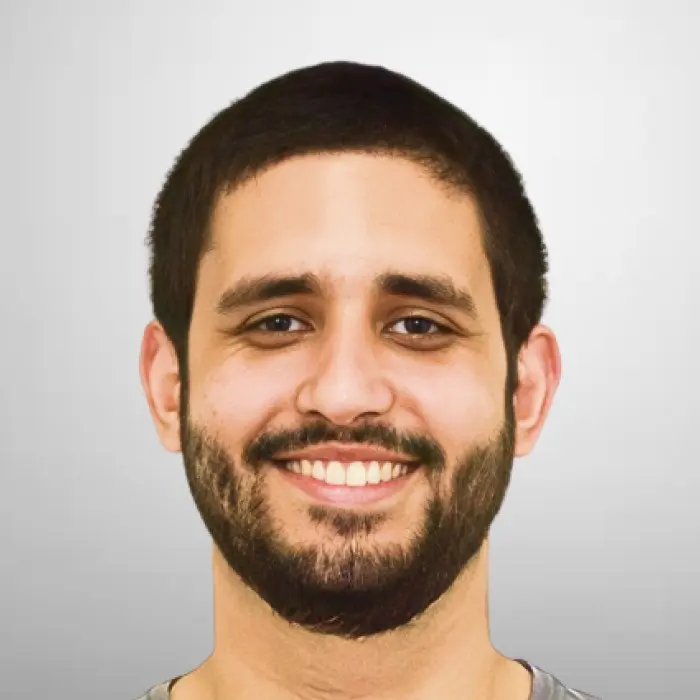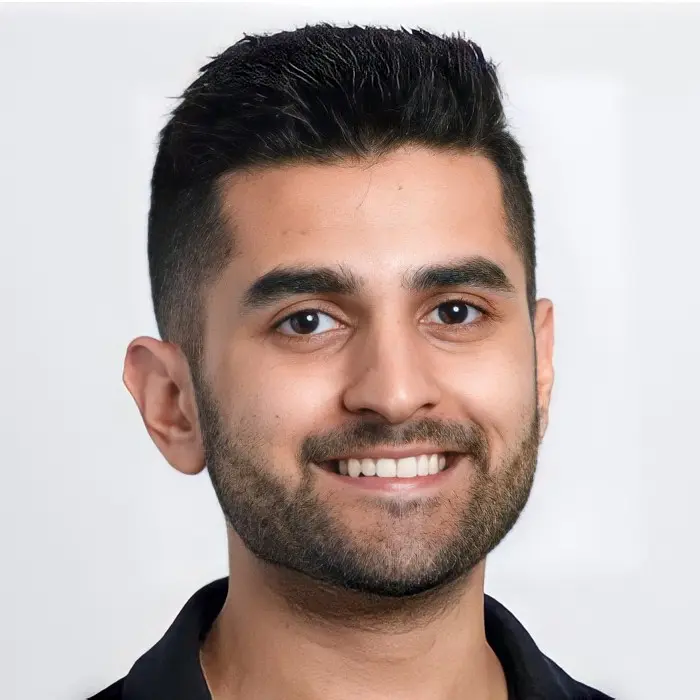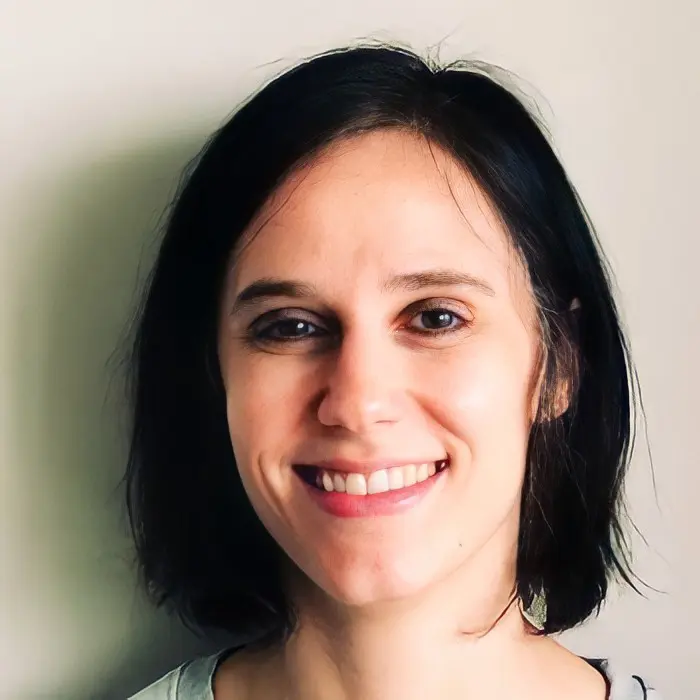How Ashray Adappa Found a Better Approach to Mathematics at Dataquest
Ashray Adappa, Data Scientist
Ashray Adappa intended to start his professional journey as a chemical engineer, but while he was in college, he began to doubt the program. It was no longer clear to Adappa if he was pursuing this career because it was what he wanted or if it was simply what he thought society wanted him to do. The mathematics he was learning in his degree program felt narrow and restrictive — he wanted to work in a field where he could apply math to make a difference in people’s lives, like economics, social sciences, or the humanities.
There was, however, one aspect of his studies that had piqued Adappa’s interest:
There was one part of applied math that could be used for that, namely Applied Statistics and Probability. As I read more about how to apply statistics, I came across an emerging field — data science. It fits my desires and the world’s needs perfectly.
So, after he graduated, Adappa did what most budding data scientists do — he tried to teach himself data science using online platforms. Ultimately, he landed at Dataquest, and he found the structure of the text-based, learn-by-doing approach to be perfectly suited to his needs.
Learning with Dataquest
The first thing about Dataquest that stood out to Adappa was the math instruction. Having felt that his degree program was too restrictive with applied mathematics, he was looking for a different approach, and Dataquest offered what he was seeking: “I was immensely impressed by how well the math was taught at Dataquest. Only the most important concepts were taught; they were broken down so well that I think anyone who has basic arithmetic skills could start learning.”
He also felt that the in-browser coding was state-of-the-art. The practice helped him to move on to code editors with much more confidence than if he’d just been watching videos or reading tutorials online.
At Dataquest, Adappa learned how to find data sources, how to clean and prepare data, how to determine the data-manipulation strategy best suited to the ML algorithm being applied, how to visualize data to find correlates and other relationships, and how to use the sklearn library to apply machine learning.
Perhaps most importantly, he also learned how to communicate his findings for non-technical audiences, which meant he could finally apply his math skills to the larger fields he wanted to work in.
Starting a Career
It took Adappa about three months to complete both the Data Analyst in Python and Data Scientist in Python paths. With these completion certificates proudly on his LinkedIn profile, and a GitHub portfolio full of Dataquest projects, Adappa took the straightforward approach and applied to a posting on LinkedIn. After a technical assessment and a few rounds of interviews, he got the job, and now he works as a data analysis consultant at Fractal.
Adappa loves finding patterns that no one else may have noticed — be it in how the data is being taken in, or what conclusions we draw from a summary analysis. He also loves the social aspect of working with his teammates and brainstorming new ideas.
Advice for Data Science Learners
Asked what advice Adappa would share with other learners, he shared the following:
Take copious notes, and go over them periodically. Practice coding as often as you can on your local machine. Try to understand every line of code in the lessons. And be patient.






